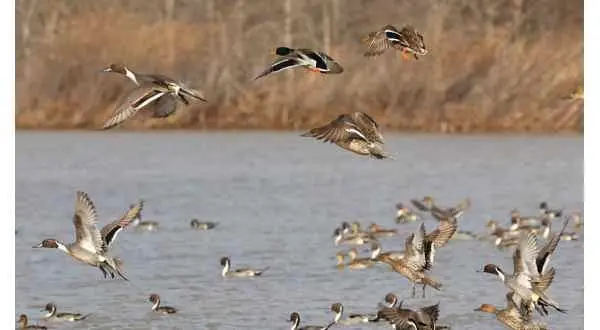
With dove season opening Sept. 6 and waterfowl season close behind, wildlife officials are reminding hunters to make sure their fields don’t qualify as baited areas under federal law.
An area is considered baited if grain, salt or feed is intentionally placed to attract migratory birds. Even after removal, the site must remain idle for 10 days before it is legal to hunt.
It is legal to hunt doves over standing crops, manipulated agricultural fields, feedlots, or where seeds are scattered through normal farming practices, such as top-sowing or aerial seeding. However, waterfowl rules are stricter: unharvested crops cannot be manipulated before flooding, and hunters may not possess lead shot.
Top-sowing wheat or rye for cover crops is allowed if planting rates follow University of Arkansas Cooperative Extension Service guidelines – no more than 60 pounds per acre, evenly spread without piles.
For hunters using pay-to-hunt fields, officials recommend asking landowners about recent field preparation, inspecting the ground for scattered grain, and watching for abnormal dove concentrations.
Dove season runs Sept. 6 through Oct. 26 and Dec. 8 through Jan. 15. Daily limits are 15 mourning or white-winged doves per hunter, with no limit on Eurasian collared-doves, which must remain fully feathered in the field. Hunters 16 and older need a license and free HIP registration; duck stamps are only required for waterfowl.
WebReadyTM Powered by WireReady® NSI










